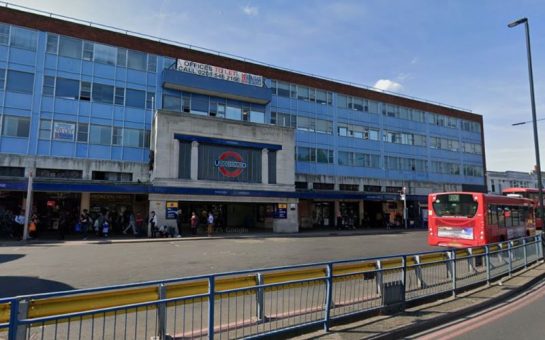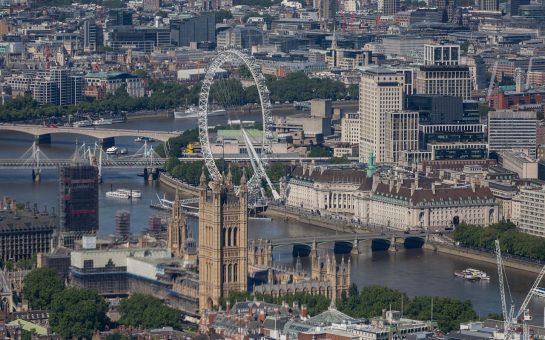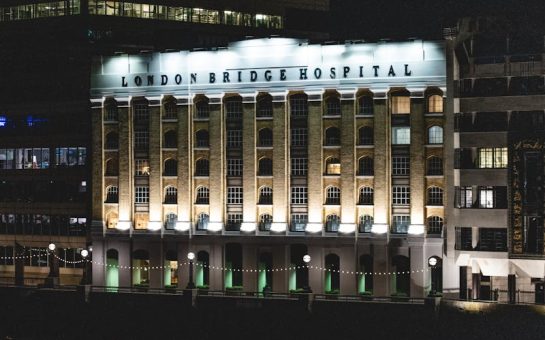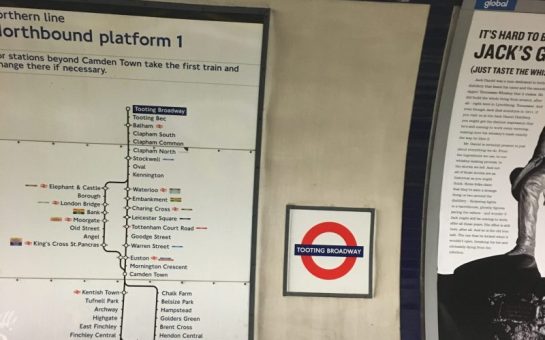By Alex Ross
August 10 2020, 13.00
Follow @SW_Londoner
Unease in the wake of easing lockdown measures might prevent a full recovery for transport networks, with only a gradual increase in public transport use in London, and a slight downturn across the UK.
The use of the Underground and London buses had been slowly increasing from mid-May, with the easing of lockdown measures on July 4 accounting for a slight bump in usage, according to weekly data released by the Department for Transport.
Buses had returned to just over half capacity with usage peaking at 54% of its pre-lockdown benchmark figure on August 1, while use of the Underground had climbed up to just under a third of pre-lockdown levels on the same day at 31% of pre-lockdown usage.
Similarly, according to Transport for London ridership data for August 5, around 1 million journeys were made on the Tube, 72% down from last year, but 8% up from the previous week. 2.9m bus journeys were also made, 49% down on last year, but 2.6% up on last week.
National Rail usage has still not broken past 30%, and buses outside of London are not being used as much as those in London, peaking at only 47% on August 2.
The data also shows the soaring popularity of cycling, with the last seven days of Boris Bike hires 19% higher than the same seven days last year.
Julie Minns, a communications and public affairs associate from Kennington, had started travelling again on public transport from early July, but a rise in passenger numbers made her reconsider.
“I’ve never been a big tube fan, but I love a bus journey. The first few journeys have been fine – I have a mask, hand gel and they’ve not been busy.
“But I took the Overground for the third time in as many weeks on Sunday and for the first time there was someone sitting on just about every row of seats, same with the bus.
“Having felt OK about public transport, I’m now wary again and concerned about this week’s ‘back to work’ push and the impact that will have,” said Ms Minns.
“I’m still using transport sparingly. I walk more to the shops than I did and have definitely upped my online shopping.
“I miss the cinema but if I were to go, I’d go off peak and I’d choose one I could walk to. I’ll get around on buses as I did before, but less often and where feasible off-peak.”
The rule on mask wearing on public transport also affects people’s confidence in using these services.
Marcio Delgado, a producer and influencer campaign manager from Walthamstow, believes lax enforcement of mask use while travelling puts people off.
“It sounds well and good seeing TfL and the government tweeting that public transport users ‘must’ wear a mask,” said Mr Delgado. “However, last week alone, I saw many people entering tube stations with a mask and taking it off as soon as they hit the escalators, so they can enjoy a mask-free ride on the tube.
“Even worse, on buses in North London, if you are not wearing a mask the drivers seem to assume that you have a sort of illness that stops you from wearing one and that is it. No questions asked.
“Personally, I think it should be taken more seriously,” said Mr Delgado.
Yet across the country, people highly at risk of Covid-19 still have fears of using public transport at all.
Seren Kiremitcioglu, a Portsmouth-based blogger who lives with EPGA, a form of vasculitis, is considered vulnerable and has only just come out from shielding.
She said: “When it comes to using public transport during this crisis, you have to feel comfortable trusting other people to keep you safe, just as you’re keeping them safe, and I can’t trust strangers to do that.
“Being disabled myself, I know that many people are unable to wear masks, which is completely understandable, but it’s still concerning when I could be at significant risk of death should I contract Covid-19.
“I worry about the actual number of people on transport, and how passengers will be able to viably social distance without the current transport capacity doubling or tripling.”
“I’m not the best walker due to my disability, especially after deconditioning over the shielding period, but I’ll be getting around either in my boyfriend’s car or by walking. I just don’t feel comfortable right now.”
YouGov surveys indicate a general split feeling since April, which suggests a reluctance to start using transport again, with latest polling in July finding 41% thought the government was handling the issue of transport badly, whereas 39% thought transport was being handled well.
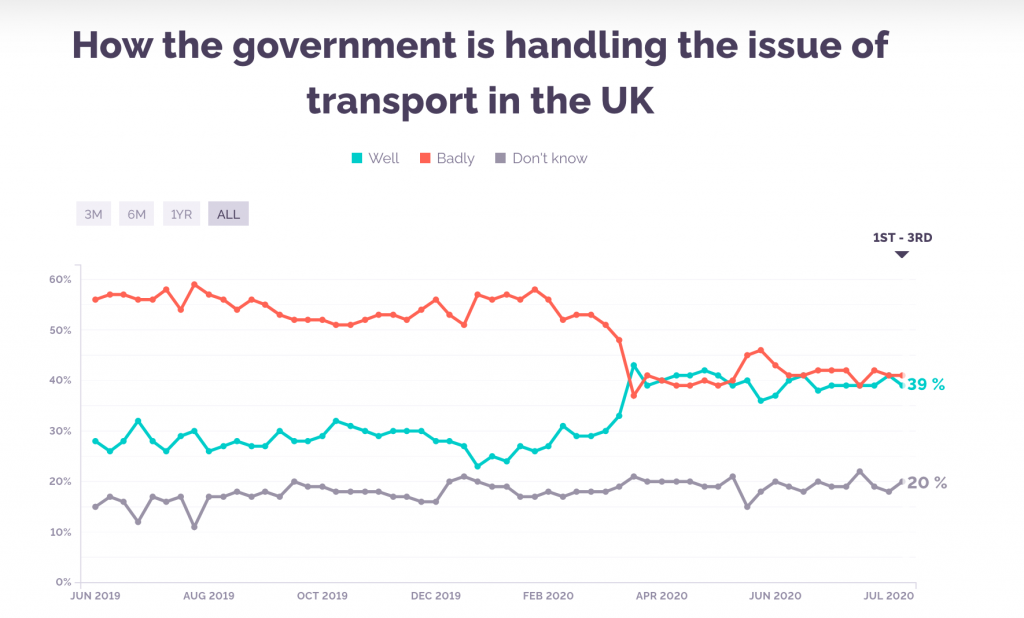
Another survey showed that fears of catching coronavirus had increased in the UK over the last few days of July, with the percentage of people saying they were ‘very’ or ‘somewhat’ scared of catching the virus rising from 44% to 49%.
TfL director of bus operations Claire Mann said: “London is more reliant on public transport than any other part of the country and, as Government restrictions are gradually eased, we are playing our part in the economic recovery by providing a transport network that is safe, clean and reliable, but also sustainable by ensuring that people can get to where they need to reliably, avoiding a car-led recovery.
“As more people return to public transport each day, we want to reassure our customers that we are doing all we can to make sure the network is a safe and clean environment.”
The effect of the pandemic has presented an opportunity to accelerate the aims of the Mayor’s Transport Strategy, with the goal of 80% of all trips in London to be made on foot, by cycle or using public transport by 2041.
Featured image credit: Transport for London
